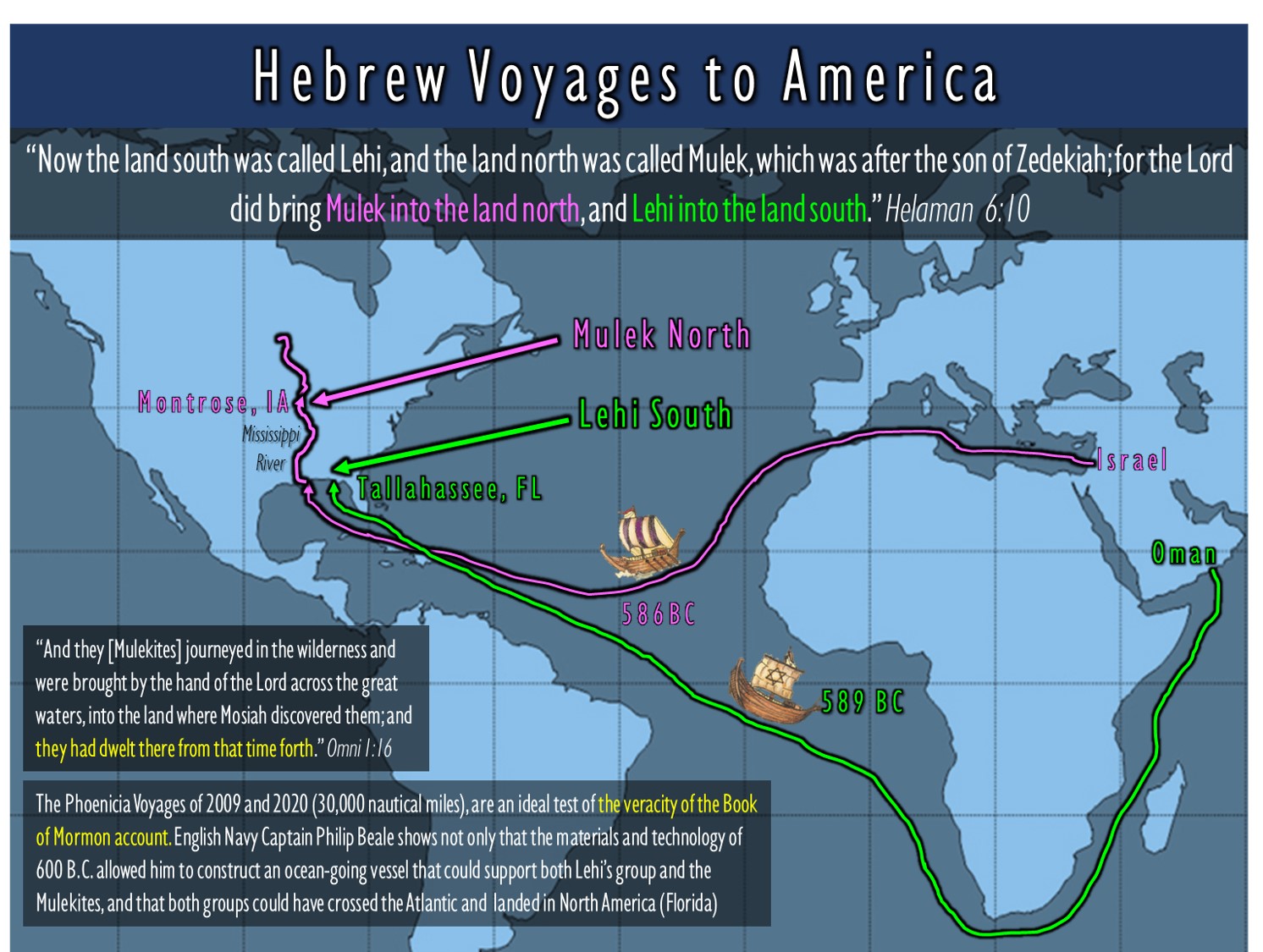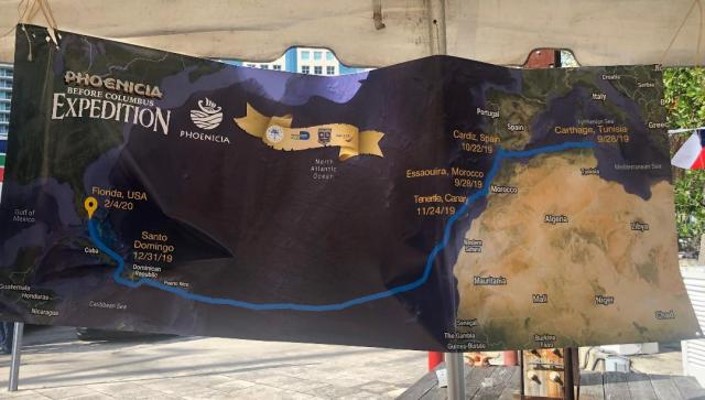I recently was sent this article written in 1973 by Elder Christensen from my good friend David Hocking, Editor of “The Annotated Edition of the Book of Mormon” I had read it a few years ago, and it made me recall the research that David Hocking, Rod Meldrum, Jonathan Neville and I have done over the many years.
As many of you may know, the Heartland Reseach Group with John Lefgren, and Mike & Betty LaFontaine just completed a historic meeting in Washington DC. They and over 100 invited guests met with the Tunisian Ambassador, and her delegation. It was a fantastic meeting as I have heard from Rod Meldrum, Russ Barlow, Hayden and Jackson Paul, Boyd Tuttle, 3 representatives from the Church of Jesus Christ of Latter-day Saints, A leading historian of the Smithsonian Museum, Philip Beal and Yuri Sanada a professional filmmaker and crew member of the Phoenicia.
Inspired by this long history of friendship between America and Tunisia, Association Didon de Carthage’s president, Eryj Ben Sassi Trimech, and Heartland Research Group’s president, John Lefgren and Board Member Betty “Red Ant” LaFontaine, have signed a cooperation document for their organizations in Washington, DC, on February 15th, 2024, an important step to solidifying their partnership and to promote cultural and social exchanges between their countries. Tunisia and America will mutually benefit from entrepreneurship to empower and provide a more sustainable way of life for communities in need. See PDF Brochure below for details.
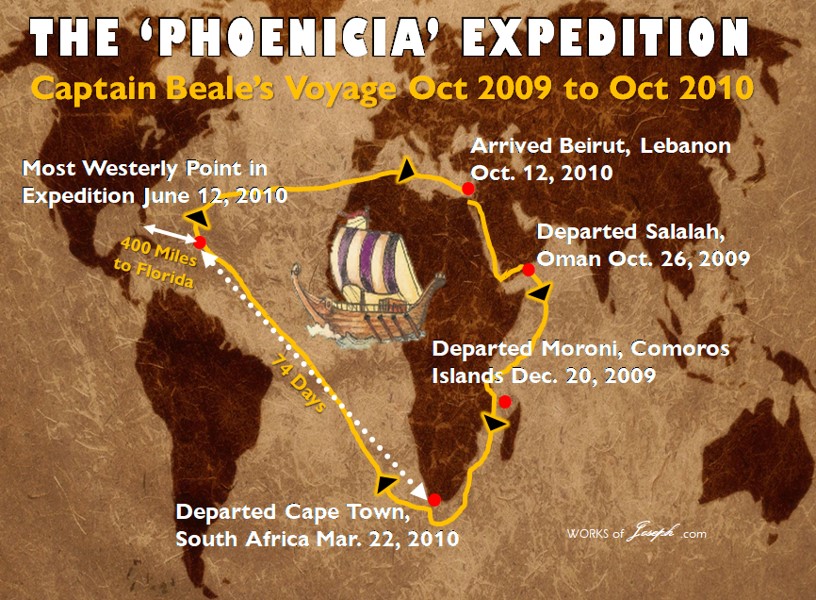
I created a 4-page brochure for the attendees that you can see a PDF here:
000000000 Tunisia Flyer edit 7Possible Routes Suggested for Mulek’s Voyage
Article by Dr. and Sister Ross T. Christensen of Brigham Young University. Dr. Christensen is a professor of archaeology and anthropology; his wife is a graduate student in archaeology, 1973.
“Two possible routes of the voyage of Mulek and his followers to the New World “promised land” of the Book of Mormon have been proposed by Dr. and Sister Ross T. Christensen of Brigham Young University. Dr. Christensen is a professor of archaeology and anthropology; his wife is a graduate student in archaeology.
The Book of Mormon does not specify whether the Mulekites made their voyage to the Americas in the sixth century B.C. westward across the Atlantic Ocean or eastward across the Pacific. But since that history clearly indicates that they landed on the east coast of the “land northward,” the Christensen’s suggest that the Mulekites may have followed the Atlantic route.
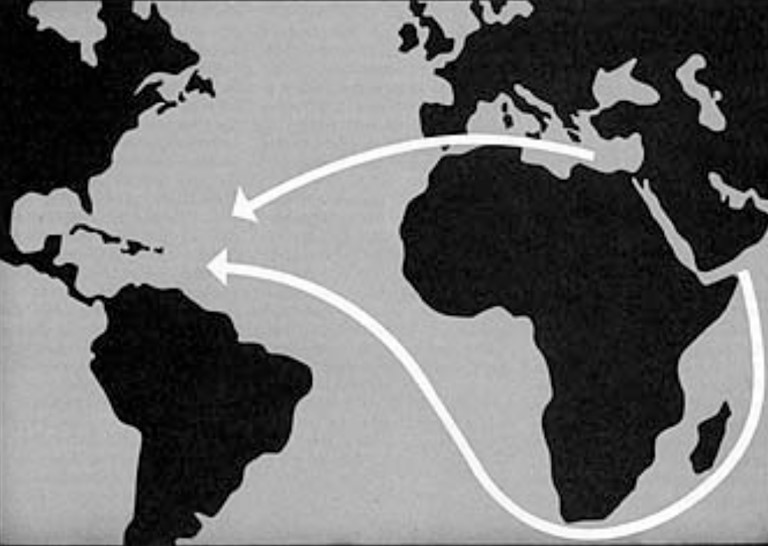
A study of Atlantic Ocean currents together with other substantive information supports the feasibility of two possible routes that these early voyagers might have taken, according to the Christensen’s. One is a Mediterranean and North Atlantic route; the other is around Africa, then across the South Atlantic.
The sixth century before Christ was a time of extraordinary activity in exploration, trade, and colonization in the Mediterranean world and beyond. And the destruction of Jerusalem and the flight of Mulek and his people and others who were oppressed only accelerated a disposition to emigrate. Israelite colonies are believed to have existed at Cyprus, Crete, Libya, Jerba, and Carthage at the time of Jerusalem’s fall, some of them having been established, according to tradition, during the reigns of David and Solomon. Also dating from the period of David and Solomon was a tradition of Israelite commerce with the Phoenicians.
One hypothesis suggests that at least part of the colony that settled in America with Mulek was Phoenician, because the river Sidon, mentioned in the Book of Mormon, bears the name of the principal city of ancient Phoenicia, Sidon. Aided by Phoenician mariners and Hebrew colonists across the Mediterranean, Mulek’s group could have reached the Atlantic Ocean by traveling the length of the Mediterranean Sea. Once out on the Atlantic, Mulek would have entered into a powerful ocean current that sweeps southwestward from Spain and Portugal along the west coast of Africa, then veers westward across the Atlantic, continuing in an arc through the West Indies.
While the Christensen’s believe Mulek traveled this more direct route across the Atlantic, they have also considered the route around Africa and across the South Atlantic as another possibility.
A powerful ocean stream originates in the Indian Ocean in the vicinity of Madagascar, sweeps southward around the Cape of Good Hope, veers westward across the South Atlantic to a point on the north of the eastern tip of Brazil, and continues northward off the coast of South America until it merges with the current flowing across the North Atlantic. Thus, if a vessel were to embark on the Red Sea and hold course close to the eastern shore of Africa until it reached the vicinity of Madagascar, it could follow the currents to the West Indies and the Gulf of Mexico.
Although twice as far as the Mediterranean route, this second possibility warrants consideration. It has been discovered that under orders of the Egyptian monarch Neccho II, Phoenician sailors in about 600 B.C. voyaged around the entire continent of Africa, and this was 2100 years before the same feat was accomplished by Vasco de Gama in 1498.
Another accomplishment about the time of the Mulekite voyage was an actual crossing of the Atlantic to America by Phoenician mariners who set sail in the Red Sea, taking the route around the Cape of Good Hope and across the South Atlantic to what is now Brazil. An ancient Phoenician inscription found at Paraiba, Brazil, sets the crossing between 534 and 531 B.C.” https://www.churchofjesuschrist.org/study/ensign/1973/09/discovery/possible-routes-suggested-for-muleks-voyage?lang=eng
Understanding the Mulek Route
The two routes from the Old World to America that Brother and Sister Christensen speak about above, are very similar to the two routes we believe line up very well, one with the route of Lehi from Oman to Florida, and one from Israel or Tunisia to Florida that Mulek may have taken. We believe it very likely that Mulek didn’t stop in the Gulf of Mexico, but tacked up the Mississippi River to the stopping point at the Des Moines river rapids near Keokuk, Iowa.
We believe this landing near Zarahemla spoken of in D&C 125, is across from Nauvoo, IL, as Joseph’s revelation stated, “Let them build up a city unto my name upon the land opposite the city of Nauvoo, and let the name of be named upon it.” The Book of Mormon says, [Mulekites] “were brought by the hand of the Lord across the great waters, into the land where Mosiah discovered them; and they had dwelt there from that time forth.” Omni 1:16,
This land of Zarahemla which is all along the Mississippi River from the Head of Sidon [Confluence of the Ohio and Mississippi River] to the Great Lakes is where the Mulekites lived and where Mosiah joined them in about 300 BC. The Mulekites had “dwelt there [near Nauvoo] from that time forth”.
Our good friend Wayne May believes the Mulekites came the St Lawrence Seaway Route, which is a possibility as well. However, going that route according to Capt Beale would be very unlikely as traveling north from Gibraltar he said is “a no go” as the map shows below that crossing through the Gulf Stream and other currents is not feasible.
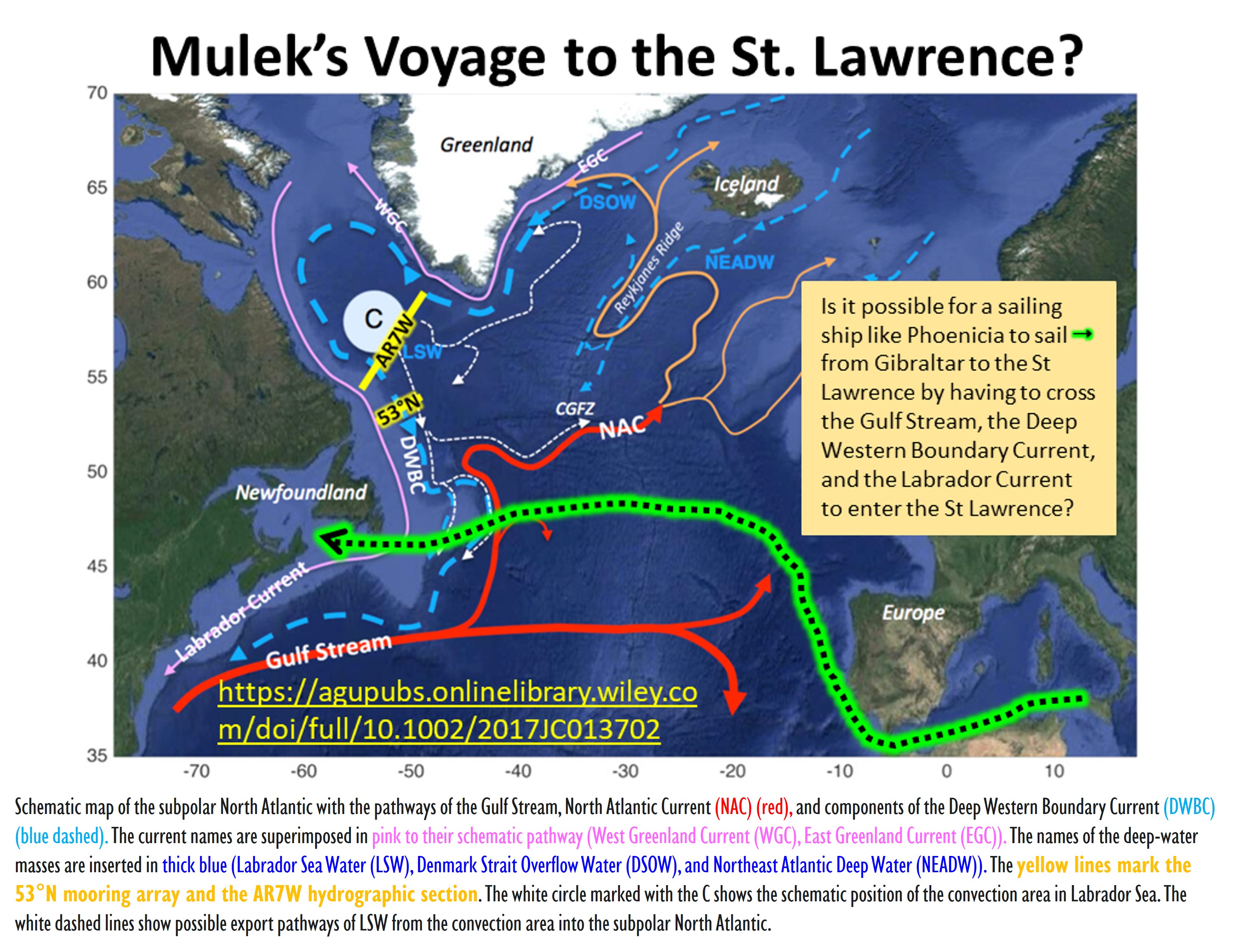
St Lawrence Route to Zarahemla?
If you take the St Lawrence you would have to avoid or fight the Niagara Falls, and then the end of the water route would have to be near Detroit, MI where the Mulekites would have to travel by land to the next river, or travel all the way to Zarahemla by Land. The other option for the St Lawrence would be for the Mulekites to travel the great lakes up Lake Huron and back down the Lake Michigan to land only. They would then need to travel down the Illinois River which connects to the Mississippi River, and land near the Des Moines Rapids in Iowa from the north. These two scenarios make it unlikely that [Mulekites] “had dwelt there from that time forth.” Omni 1:16. The Mulekites may have had to dwell neat Detroit, or Indiana, etc as there were no connecting waterways.
Also we read in Heleman 6:10, “Now the land south was called , and the land north was called , which was after the of Zedekiah; for the Lord did bring Mulek into the land north, and Lehi into the land south.” Whether the Mulekites came from the St Lawrence or from the Mississippi, both voyages they would be “north” of where Lehi landed in Florida. See map below.
